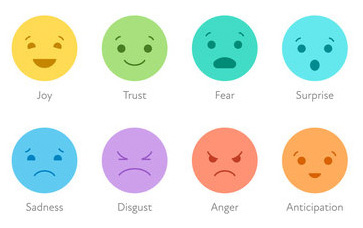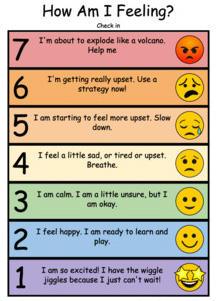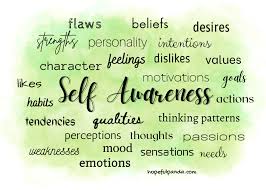Mastering Emotional Awareness: How to Identify and Understand Your Emotions
Last week, we introduced the concept of Emotional Intelligence (EQ) and discussed its four key components: Self-Awareness, Self-Management, Social Awareness, and Relationship Management. This week, we’ll dive deeper into Self-Awareness, focusing on the essential skill of emotional identification—the ability to recognize and understand your emotions.
Being able to identify what you’re feeling at any given moment may seem simple, but it’s a crucial first step toward mastering Emotional Intelligence. Many of us experience a range of emotions throughout the day without fully understanding them, which can make it difficult to manage our responses effectively. By improving your ability to identify emotions, you can gain more control over your reactions and improve your relationships, both personally and professionally.

Why Emotional Identification is Key:
Emotional identification is the process of recognizing and labeling your emotions. It’s the first building block of Emotional Intelligence because, without this awareness, it’s difficult to manage how you respond to situations, interact with others, or make decisions. Simply put, if you don’t know what you’re feeling, you can’t take steps to control those emotions.
Here’s why emotional identification is so important:

- Better Decision-Making: When you understand what you’re feeling, you can assess whether your emotional state is influencing your decisions—for better or for worse.
- Improved Emotional Regulation: Recognizing emotions early on can help you prevent them from escalating. It’s much easier to manage frustration or anxiety when you can identify it before it becomes overwhelming.
- Healthier Relationships: Understanding your own emotions makes it easier to empathize with others, improving communication and reducing misunderstandings.
How the Emotion Identification Tool Works:
To help you build this essential skill, we’ve created the Emotion Identification Tool. This tool is designed to guide you through the process of recognizing and labeling your emotions so that you can better understand your emotional landscape.
Here’s how it works:
- Emotion Identification Chart: The chart categorizes emotions into eight primary groups—Happy, Trust, Fear, Surprise, Sad, Disgust, Angry, and Anticipation—along with their related subcategories. By breaking emotions down into these core groups, the tool helps you find the right words to describe how you’re feeling.
- Intensity Levels: The chart also includes an intensity scale (mild, moderate, and intense), allowing you to measure the strength of each emotion. Recognizing the intensity of an emotion helps you determine whether it’s something that requires immediate attention or if it’s a milder feeling that can be managed more easily.
- Emotion Tracking Worksheet: This worksheet allows you to log your emotions throughout the day, note the triggers, and reflect on how you responded. Over time, you’ll begin to see patterns in your emotional responses, which will give you greater control over managing them.

Practical Example:
Let’s say you’re working on a project with a tight deadline. As the deadline approaches, you start feeling increasingly frustrated and stressed, but you don’t stop to identify what’s causing these emotions. Instead, you push through, becoming more agitated and less productive as time goes on.
Now, imagine using the Emotion Identification Tool. As soon as you feel that initial frustration, you pause and recognize that you’re feeling overwhelmed because the project scope has changed, and you haven’t had a chance to adjust your plans. You label your feelings as frustration and anxiety and note that they are moderate in intensity. By recognizing and labeling these emotions, you can take a step back, reassess your approach to the project, and perhaps ask for help or renegotiate the timeline.
In this example, the tool helps you break down what could have been a cycle of stress and frustration into manageable pieces. Instead of letting the emotions build up, you gain control over the situation by understanding the root of your feelings.
Benefits of Using This Tool:
Using the Emotion Identification Tool can significantly improve your ability to manage emotions in real time. Here’s how:

- Increased Self-Awareness: The more you practice identifying your emotions, the more in tune you’ll be with your emotional state throughout the day.
- Better Emotional Regulation: Recognizing emotions early helps you address them before they become overwhelming.
- Improved Relationships: Understanding how your emotions affect your behavior can improve your interactions with others, as you’ll be more aware of how your mood and feelings influence your communication.
- Greater Productivity: When you’re able to manage emotions like frustration or stress, you can stay focused and productive, even in challenging situations.
Call to Action:
Ready to improve your emotional awareness? Download our Emotion Identification Tool to start recognizing and labeling your emotions today. By practicing this skill, you’ll gain valuable insights into how your emotions influence your behavior and decisions. Next week, we’ll dive into the Trigger Tracking Tool, which will help you identify the specific events or situations that trigger your emotional responses. Stay tuned!